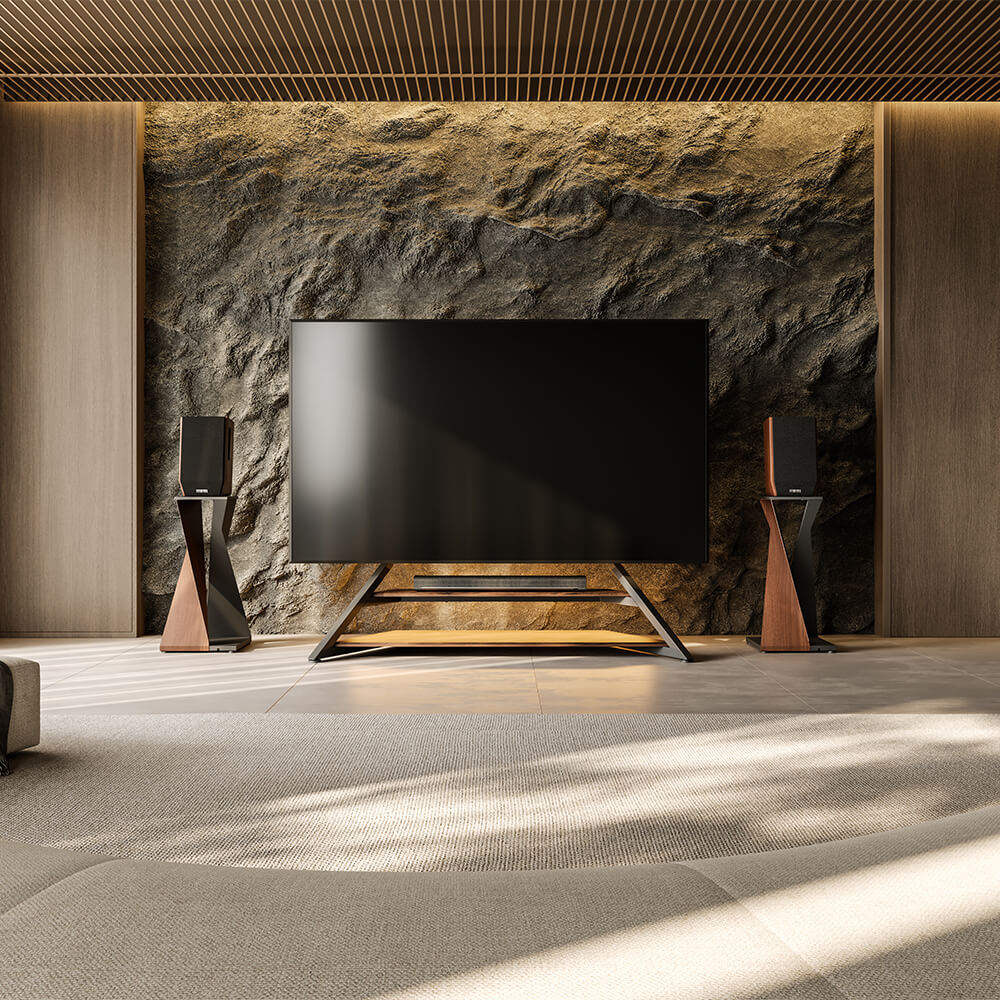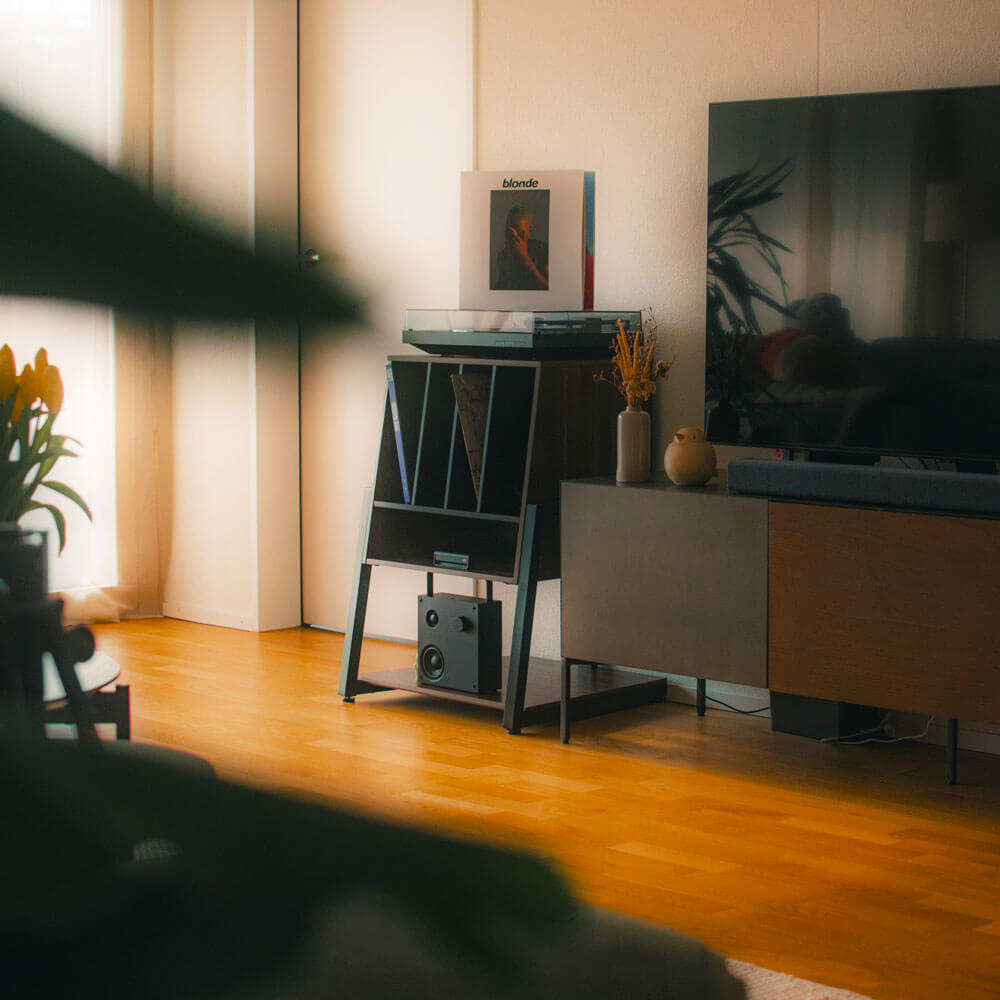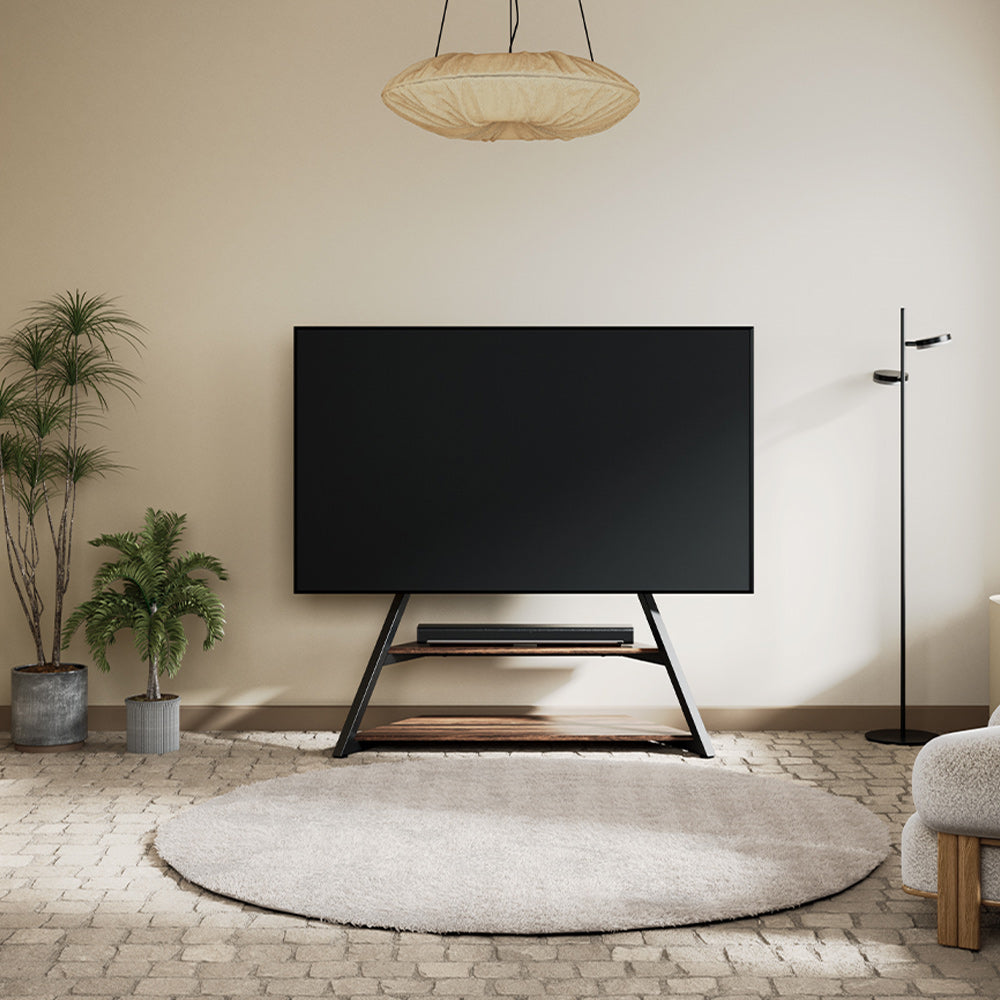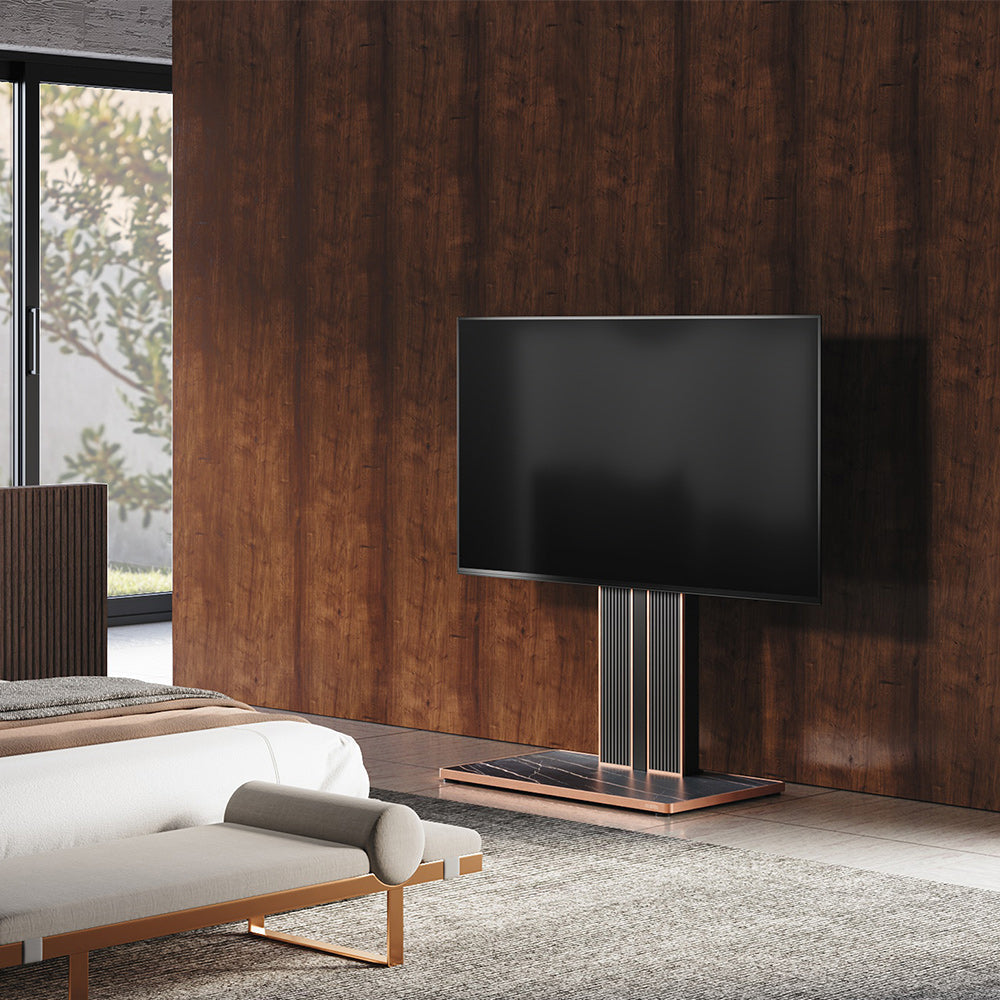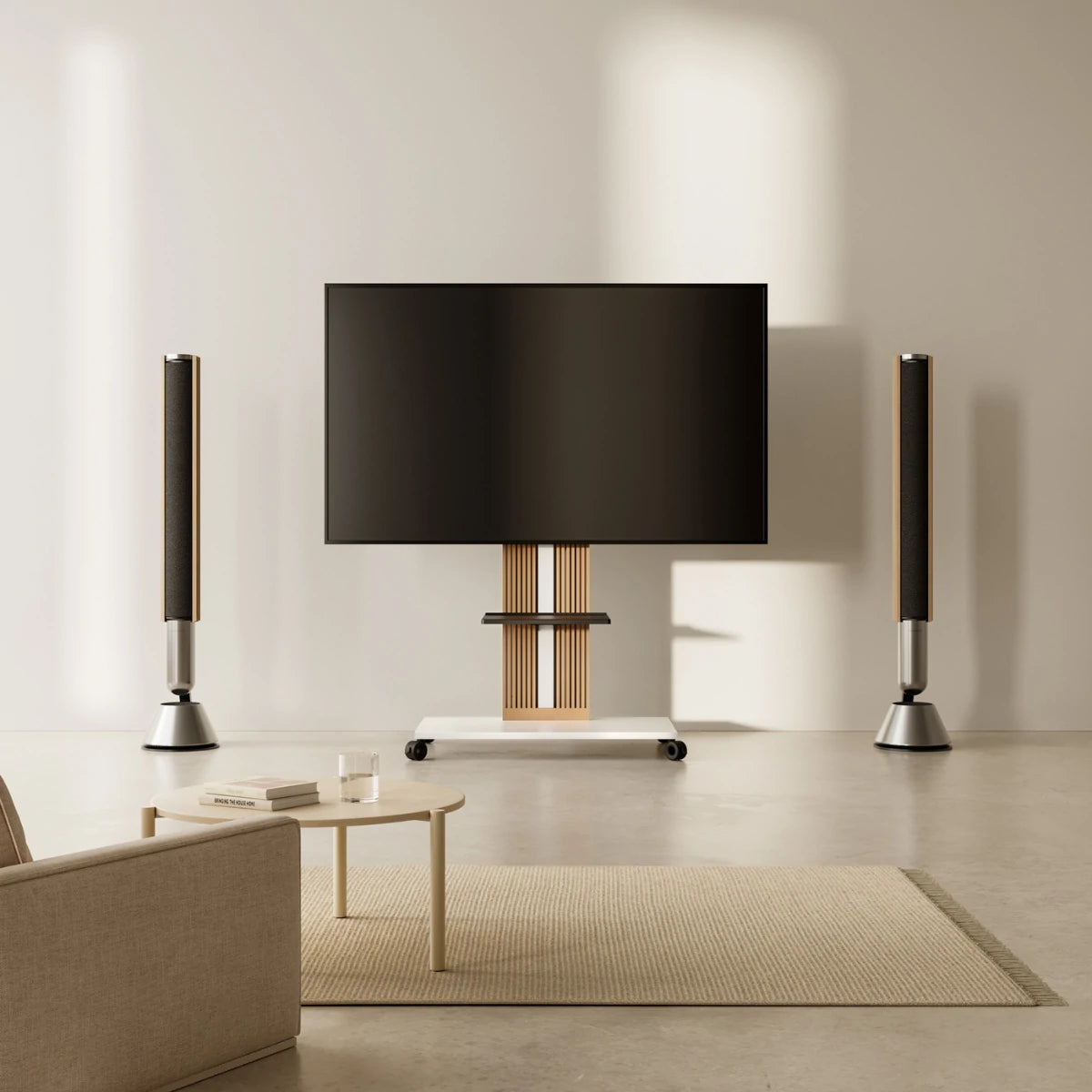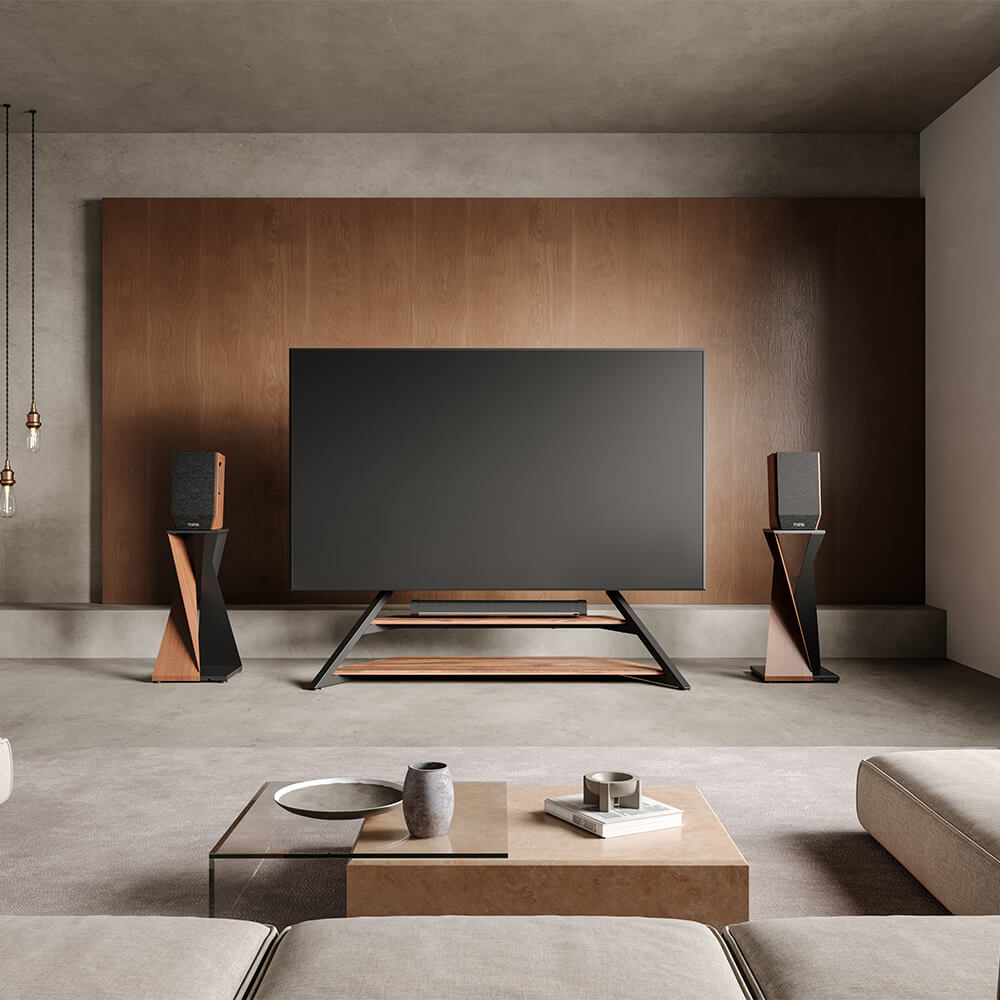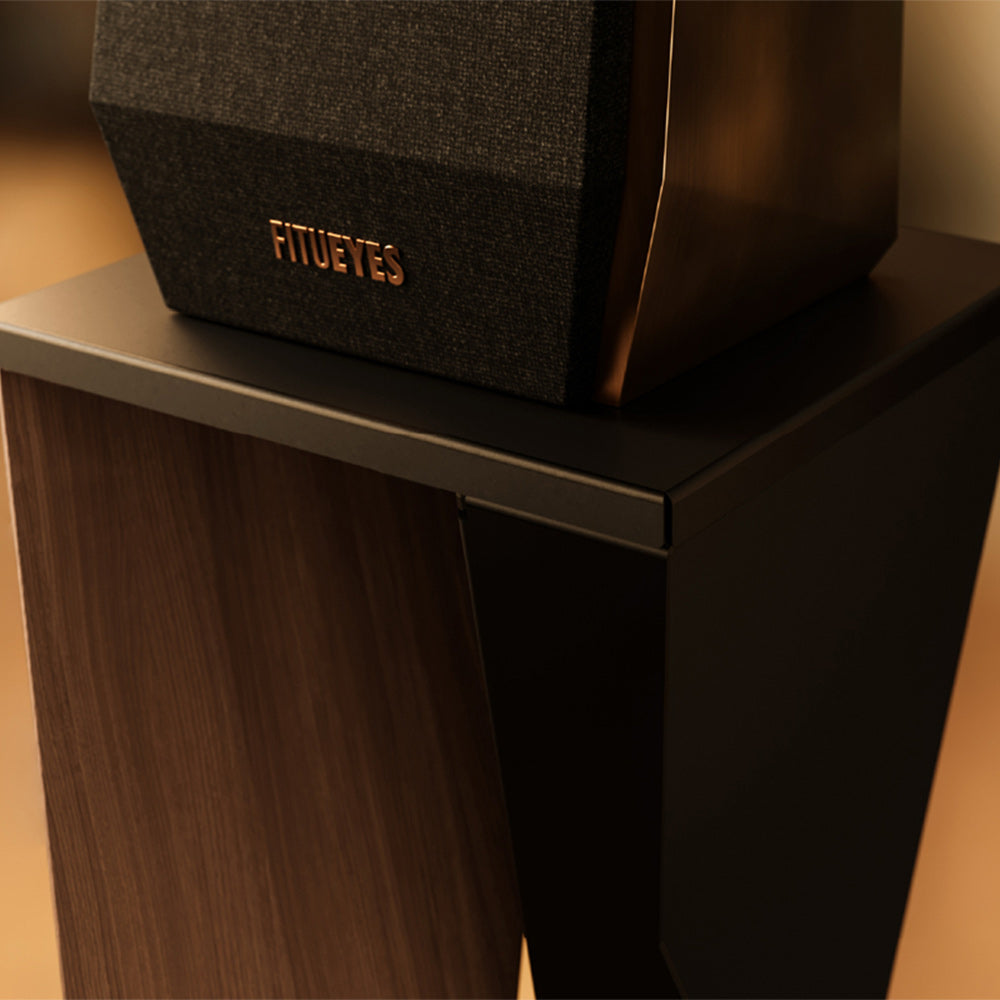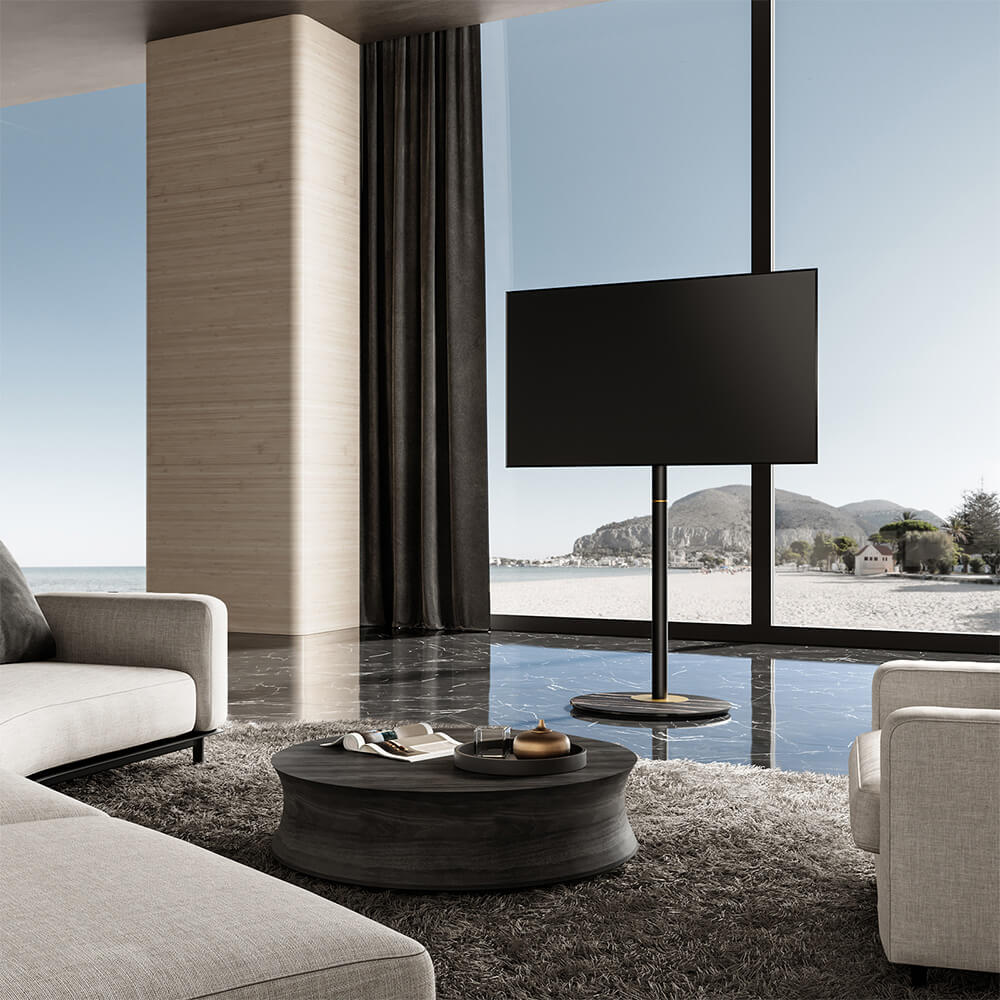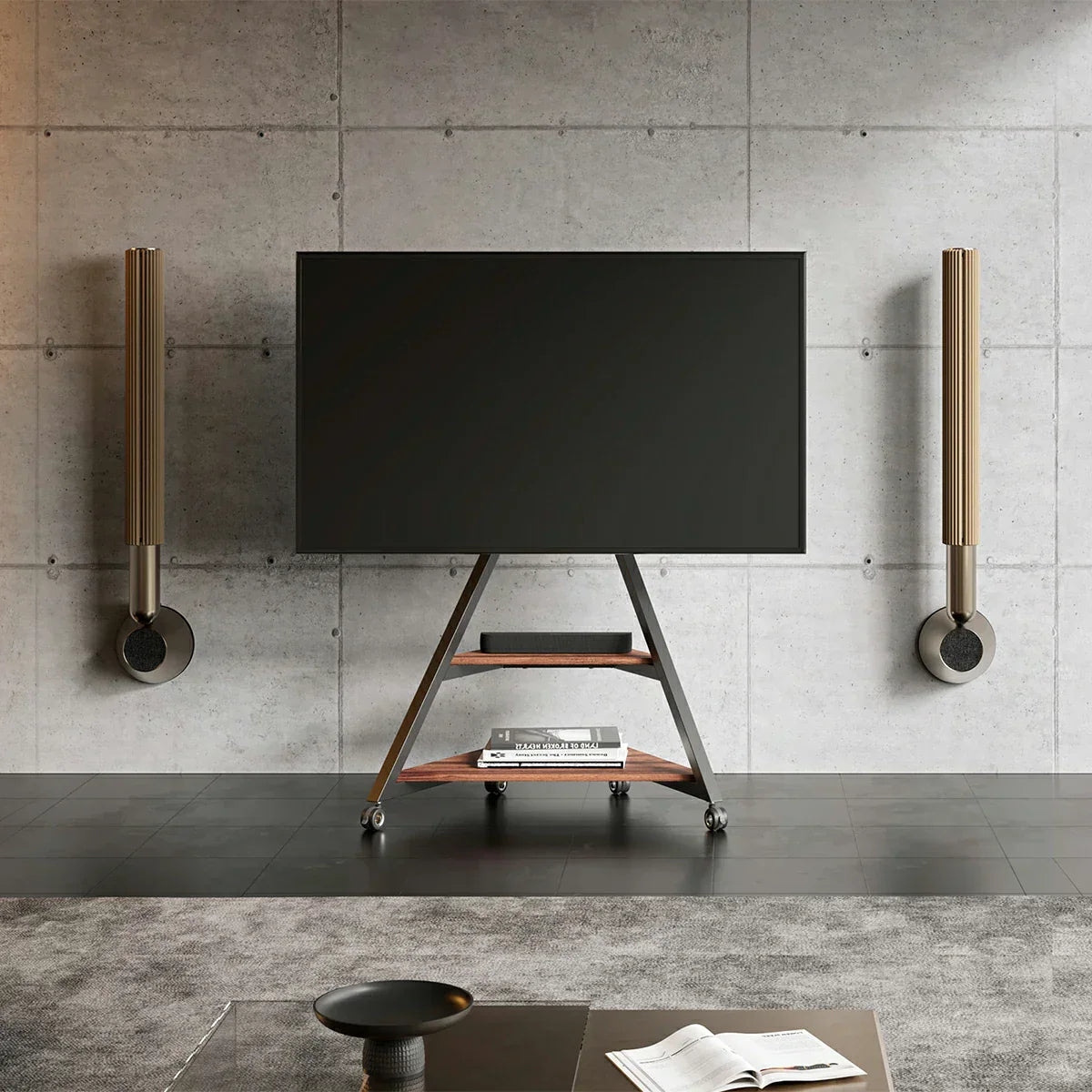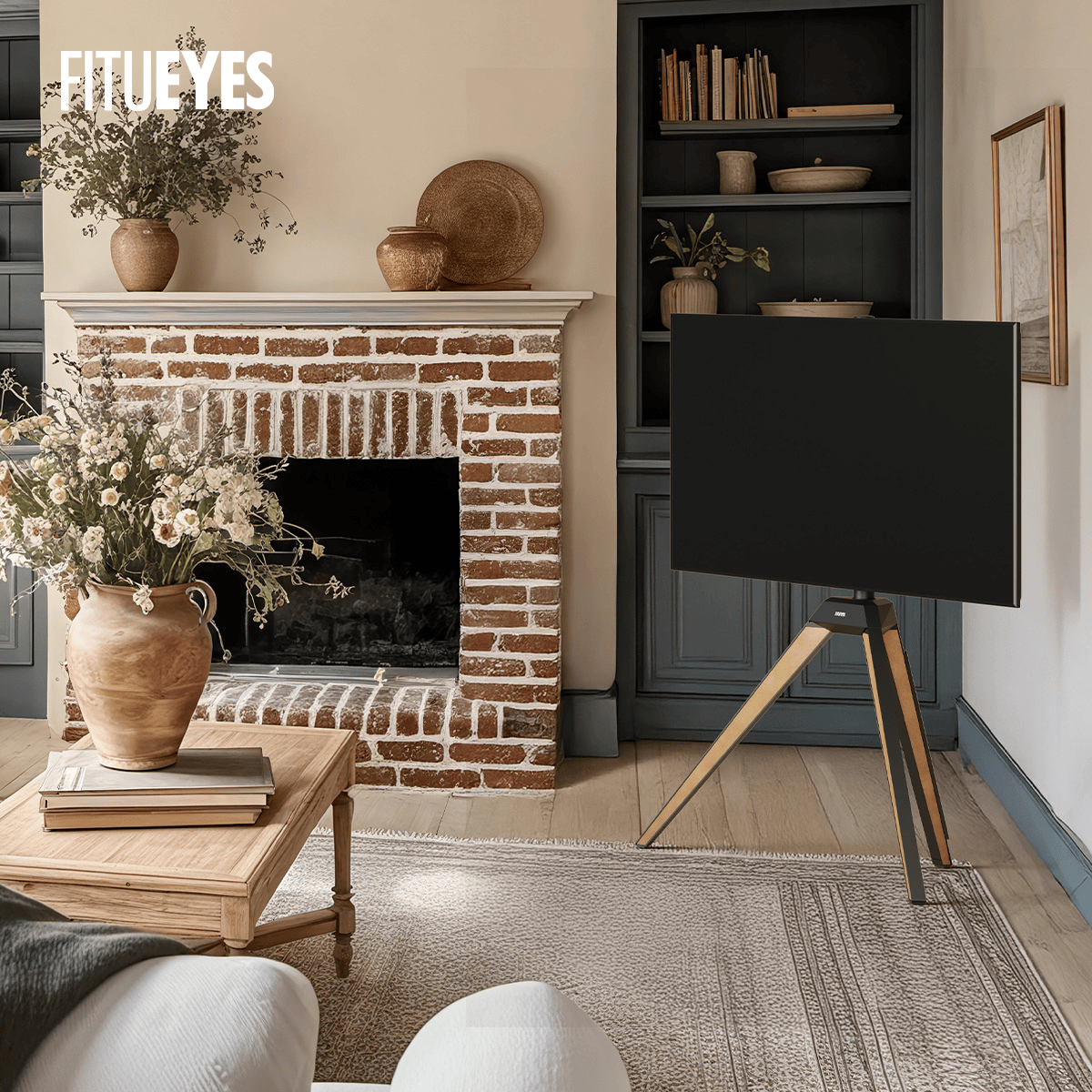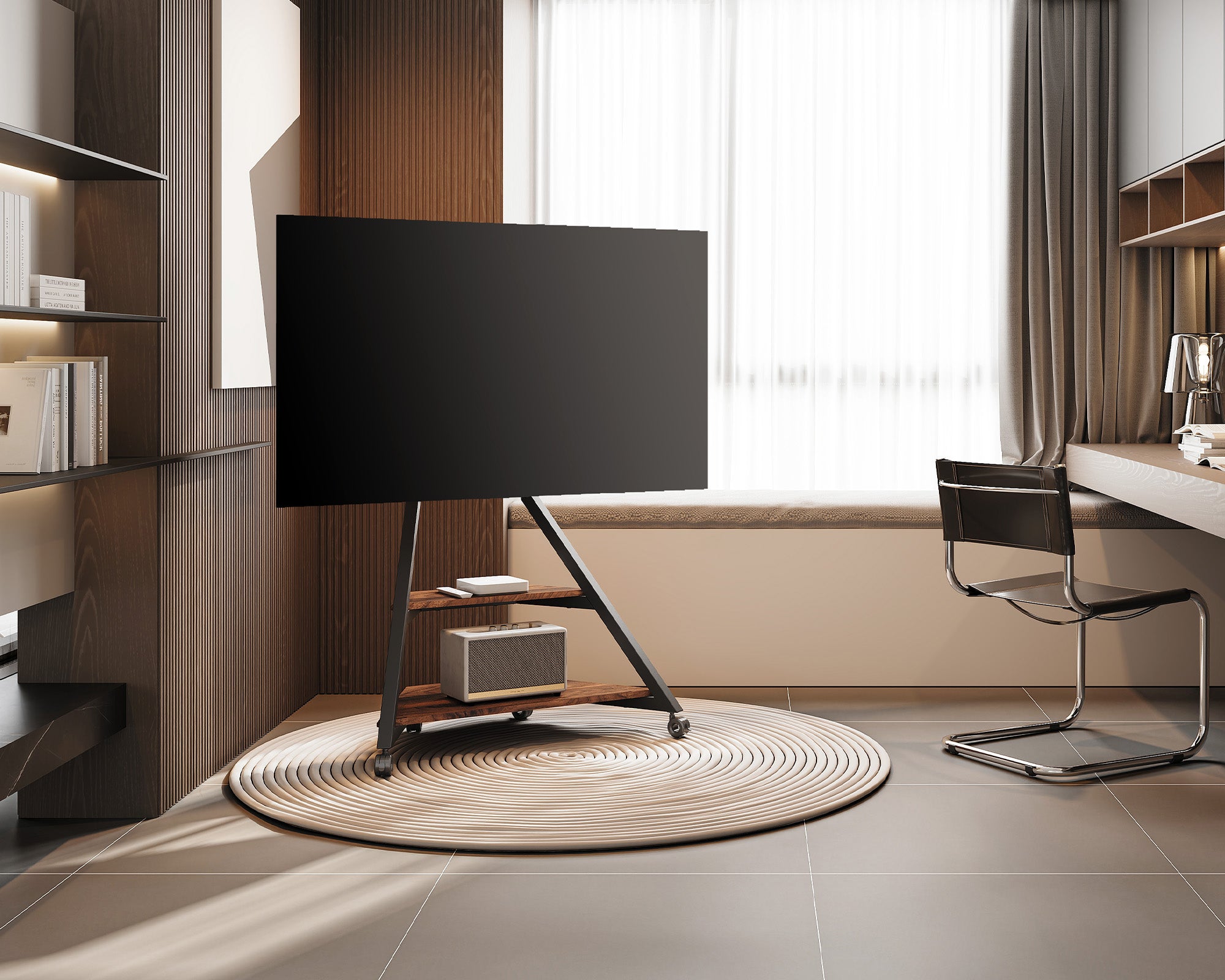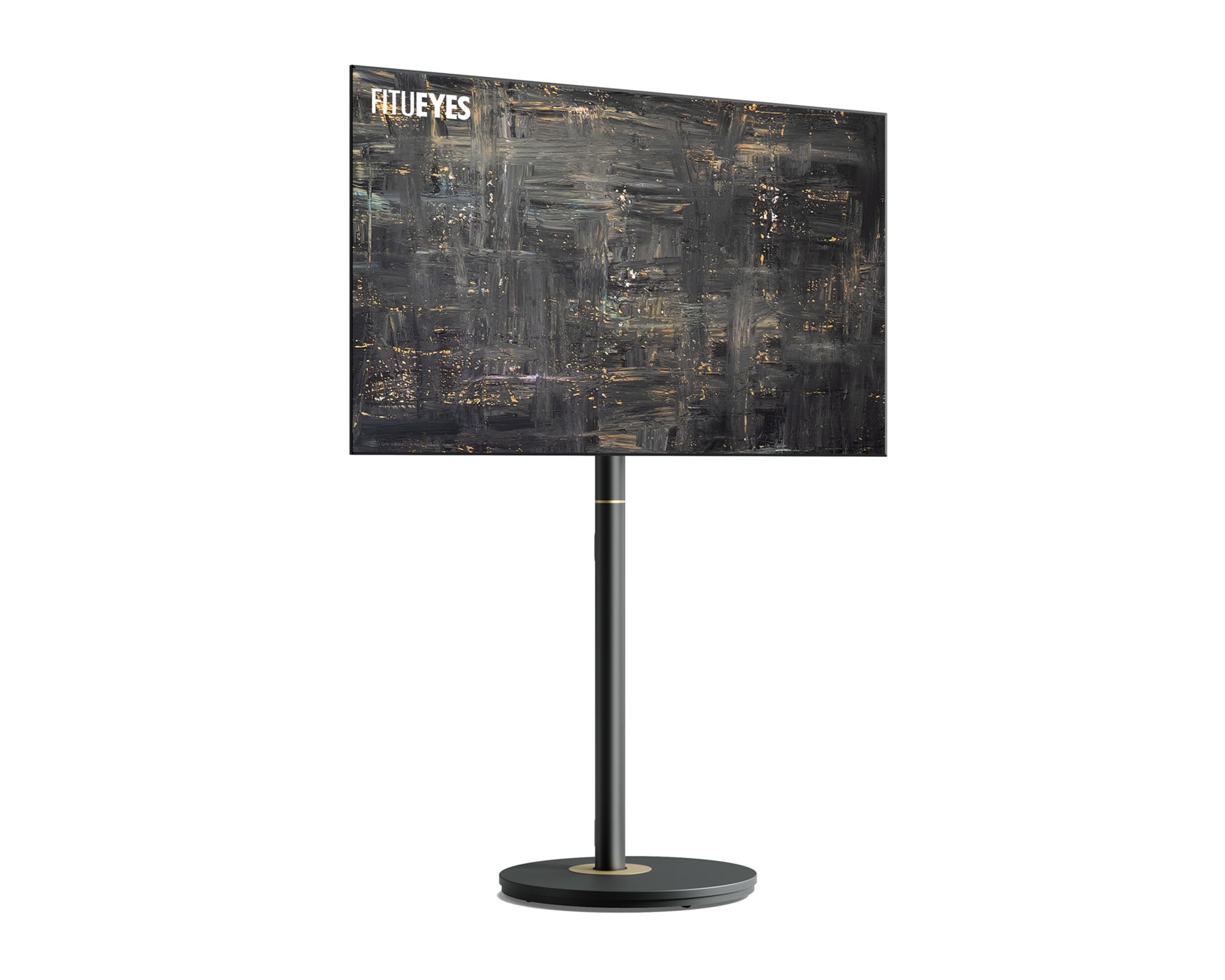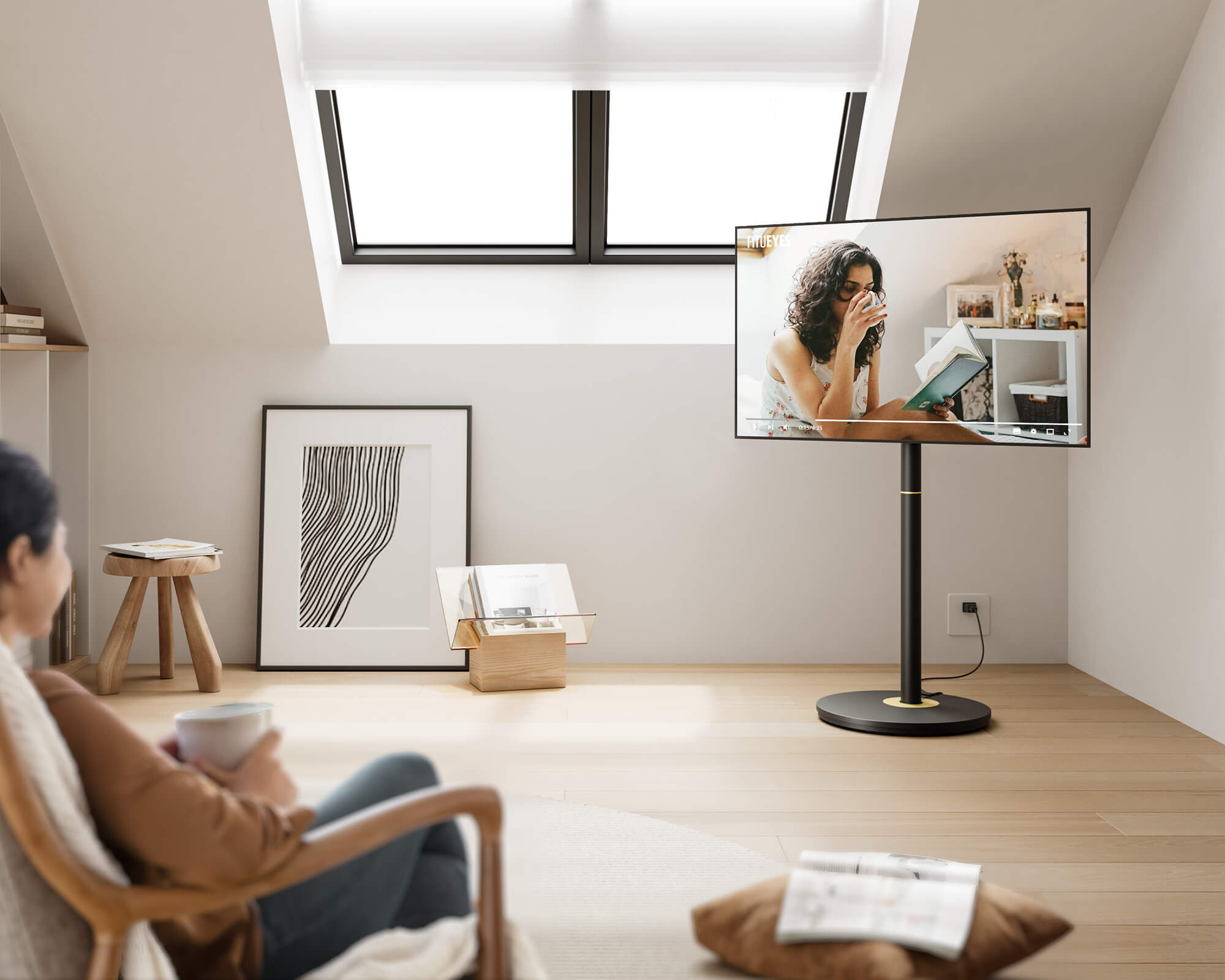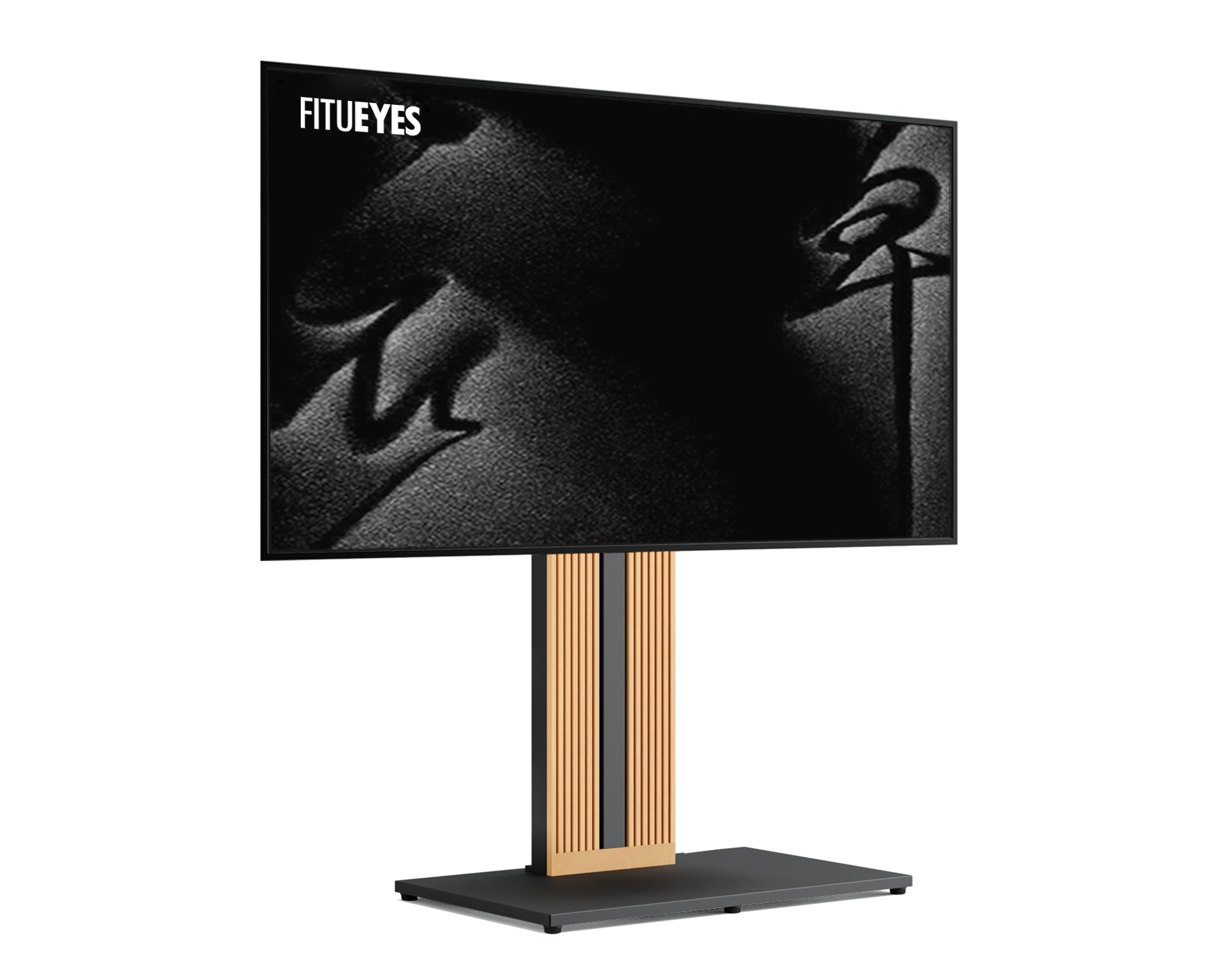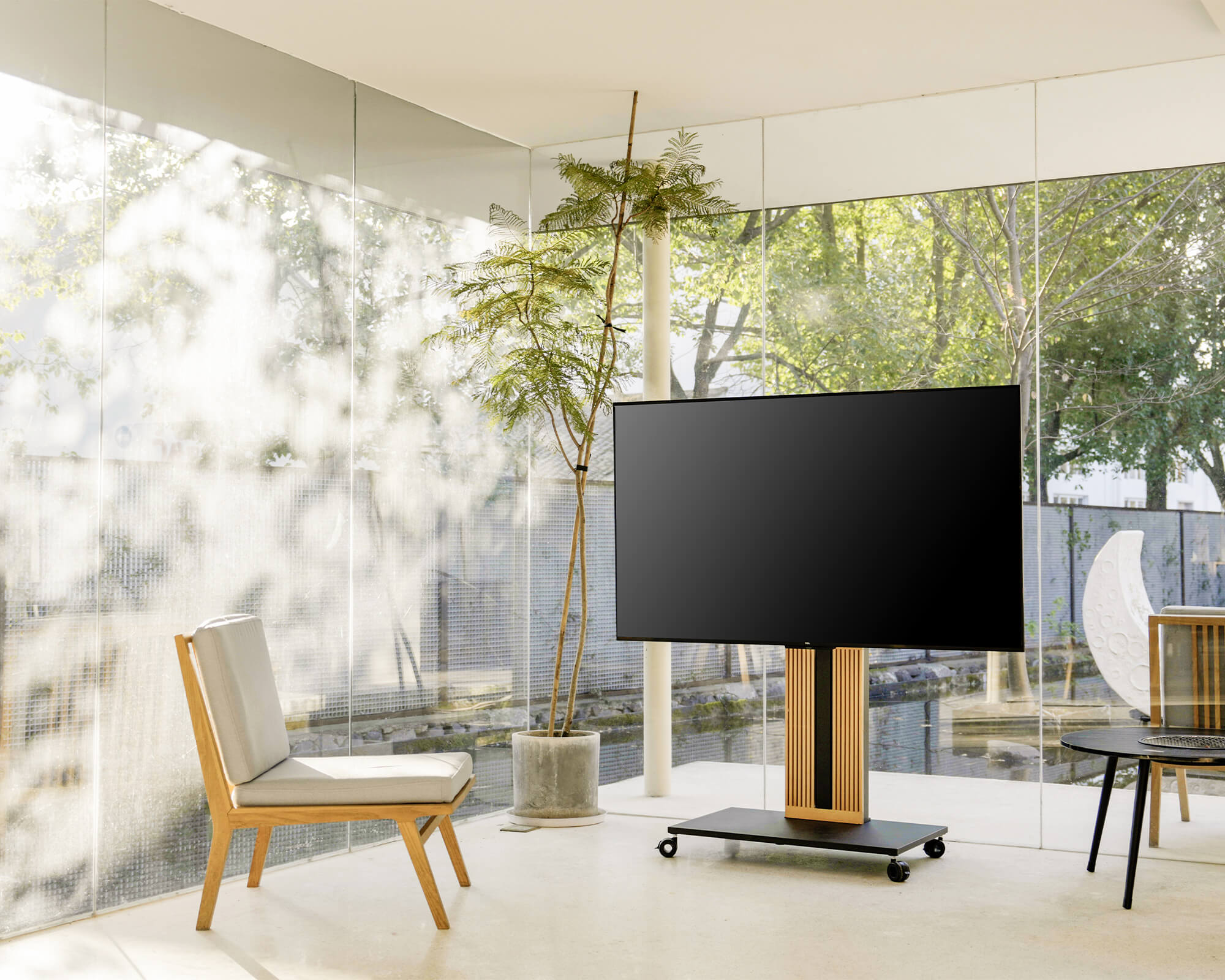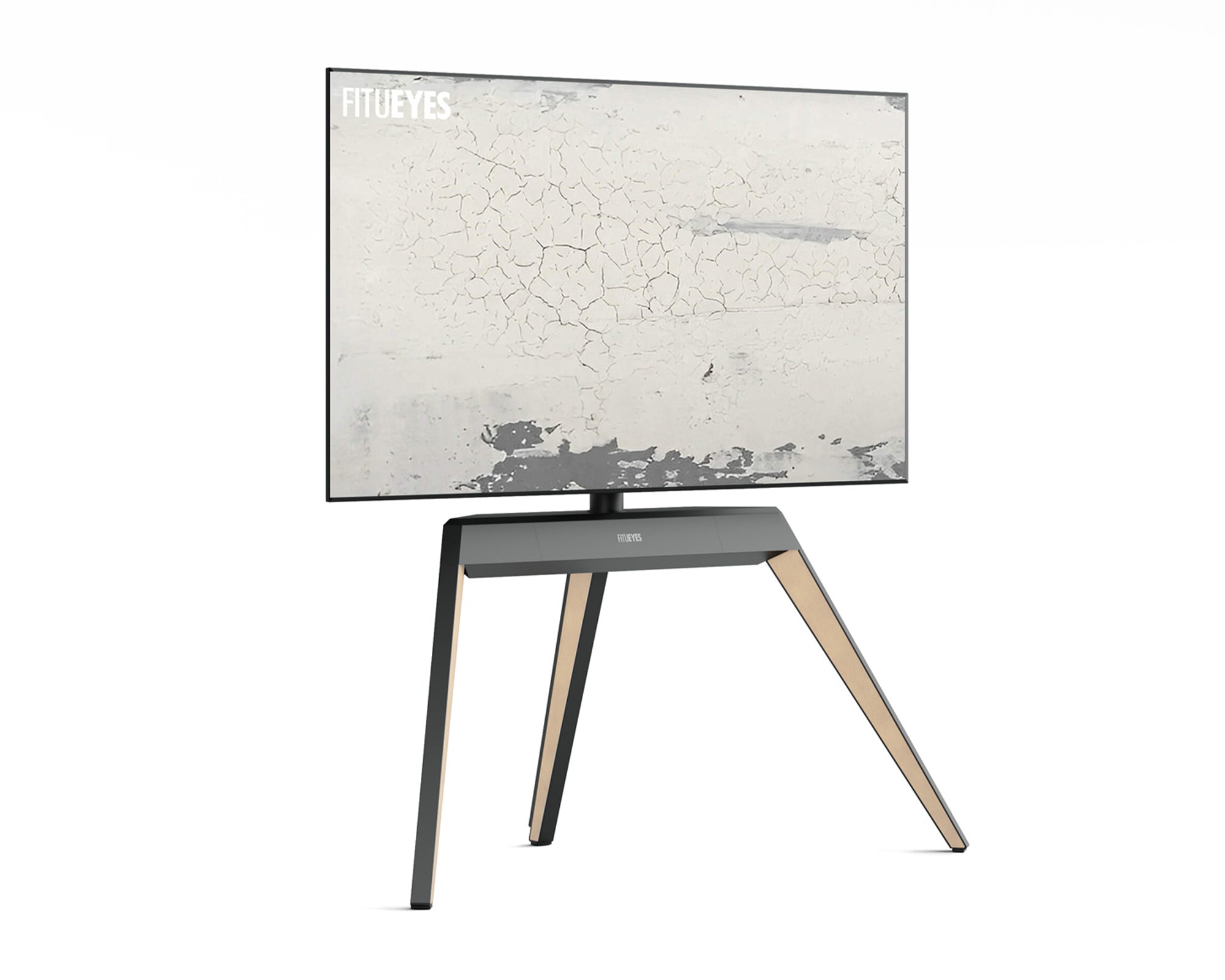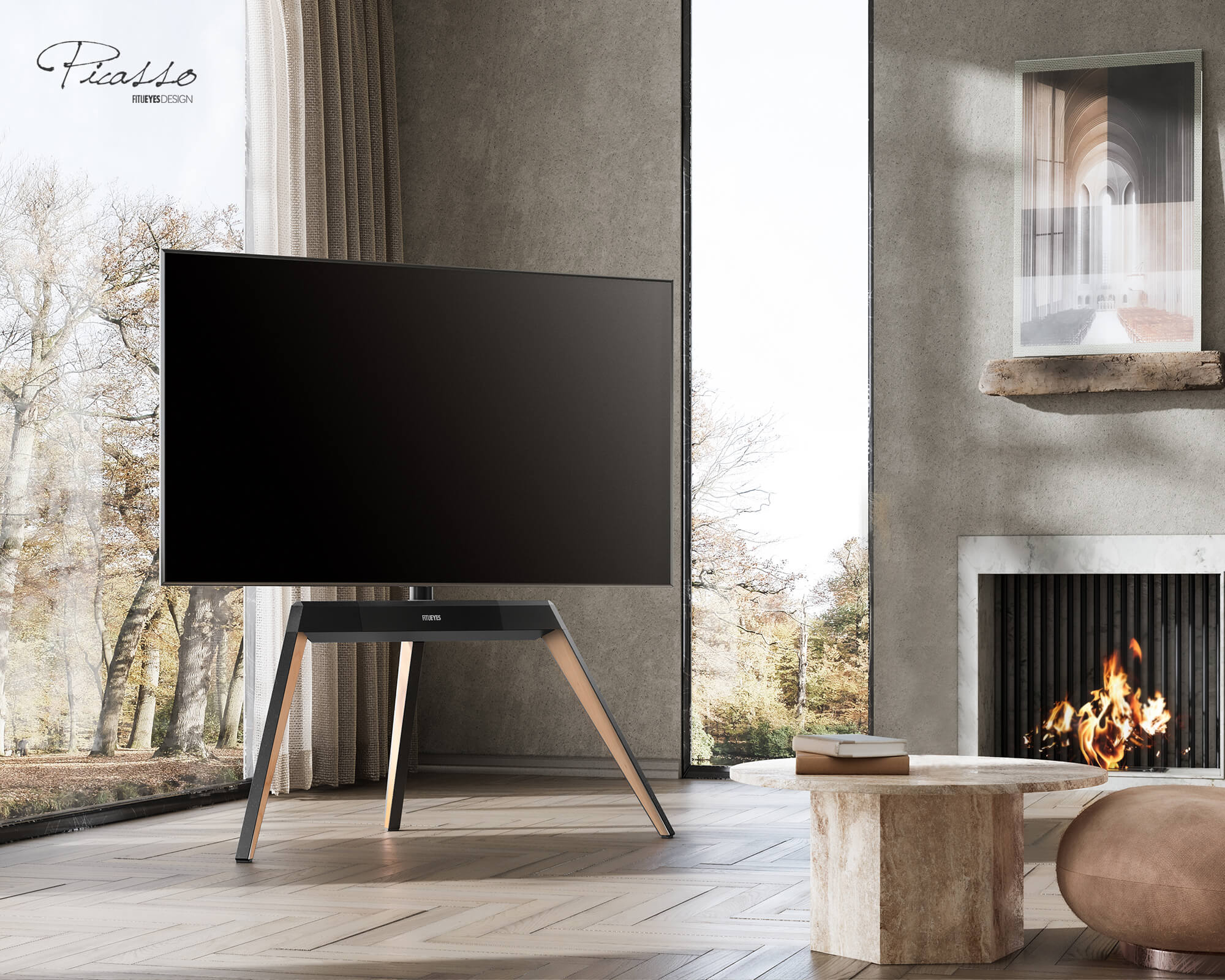Setting up a TV outdoors comes with its own set of challenges. Exposure to dew, fog, extreme temperatures, dust, and insects can severely impact the performance and lifespan of your TV. While it may be tempting to mount your TV on the wall or use a generic stand, a specialized outdoor TV stand is essential to ensure your TV is properly protected from these elements.
In this article, we'll walk you through the top 10 tips for installing your outdoor TV and explain why choosing the right outdoor TV stand is critical for both protecting your investment and optimizing your viewing experience. Whether you're creating a permanent setup or looking for a flexible, portable option, this guide will provide practical solutions and expert advice to make your outdoor TV installation smooth and hassle-free.
1. Why an Outdoor TV Stand is Essential
When setting up your outdoor TV, choosing the right outdoor TV stand is crucial for ensuring its protection and stability. Not only does it shield your TV from environmental elements, but it also provides much-needed storage and cable management features, making your outdoor viewing experience more organized and enjoyable.
2. Choosing the Right Outdoor TV Stand
When selecting the right outdoor TV stand, it's essential to opt for one that's made from weather-resistant materials. Many outdoor TV stands are specifically designed to withstand the elements, offering protection from rain, UV rays, and temperature fluctuations.
Discover the best outdoor TV stands for your space at Fitueyes Outdoor TV Stands, where you can find durable, stylish, and functional options for your setup. These stands not only provide stability but also feature built-in cable management systems and additional storage for all your media devices.

3. Mounting Your TV: Wall-Mount vs. Stand
Consider the Mounting Options
When installing a TV outside, you have two main options: wall-mounting or placing it on a TV stand. Wall-mounted setups are sleek and space-saving but require more installation effort. On the other hand, a mobile TV stand allows for flexibility, as it can be moved around based on your needs and offers the advantage of built-in storage for devices.
4. Electrical Safety: Powering Your Outdoor TV
Use GFCI Outlets and Weatherproof Power Sources
Outdoor electrical setups require special attention to safety. Ensure you are using GFCI outlets and outdoor-rated power strips to prevent electrical hazards. Weatherproof cables and surge protectors are essential to avoid short circuits or fires in case of rain or power surges.
5. Protect Your TV from Sun Exposure
Opt for a High-Brightness Outdoor TV
Outdoor TVs have specific brightness levels to overcome sunlight glare. Look for TVs with a brightness rating of at least 1000 nits for clear visibility, even on sunny days. If your TV doesn’t have that level of brightness, consider placing it in shaded areas or use anti-glare screens.
6. Optimal Viewing Angle and Height
Adjust TV Placement for Comfort
For the best viewing experience, ensure your TV is positioned at an ideal height and angle. It should be at eye level when seated to prevent neck strain. Consider placing the TV slightly tilted or adjustable to accommodate different viewing positions.
Related Reading: Should You Buy a TV Stand or Wall Mount?

7. Audio Setup: Ensuring Clear Sound Outdoors
Add Weatherproof Speakers or Soundbars
Built-in TV speakers might not provide the volume and clarity needed for outdoor spaces. Consider adding weather-resistant Bluetooth speakers or soundbars that can handle the outdoors. Make sure they are waterproof and can maintain sound quality even in high-wind or noisy environments.
8. Cable Management: Keep It Clean and Safe
Use TV Stands with Built-in Cable Management
One of the biggest challenges of outdoor setups is cable management. An outdoor TV stand with built-in cable management systems is essential to keep wires organized, safe, and out of sight. You can also use weatherproof conduits to protect cables from the elements.
9. Protecting Your TV with Covers and Enclosures
Invest in Protective Covers
Even if you have a dedicated outdoor TV stand, it’s still important to protect your TV with a weatherproof cover when it’s not in use. These covers help shield the TV from rain, dust, and direct sunlight, prolonging its lifespan. Some enclosures also have ventilation holes to prevent heat buildup.
10. Long-Term Maintenance for Your Outdoor TV Setup
Regular Cleaning and Seasonal Protection
Your outdoor TV will need regular maintenance to stay in good shape. Clean the screen and stand regularly, and inspect cables for wear and tear. During off-seasons, or when the weather gets extreme, make sure to store your TV properly or use a cover to protect it from the elements.
Frequently Asked Questions (FAQs)
Q1: Can I use a regular indoor TV outside?
A1: While some indoor TVs can be used outdoors with proper protection (such as enclosures), outdoor TVs are specifically designed to handle elements like rain, dust, and sun exposure. It's best to invest in an outdoor-rated TV if you plan to use it regularly outdoors.
Q2: Do I need to mount my outdoor TV?
A2: Not necessarily. If you want flexibility, a rolling TV stand can be a great solution. However, wall mounting can save space and create a sleek look for more permanent setups.
Q3: How can I protect my TV from rain and moisture?
A3: Use weatherproof covers, outdoor TV enclosures, and weather-resistant TV stands. Additionally, GFCI outlets and outdoor-rated cables help protect against electrical hazards.
Q4: Can I use a regular sound system with my outdoor TV?
A4: Yes, but make sure to choose outdoor-rated speakers or Bluetooth soundbars to ensure they can withstand outdoor conditions.

Product Recommendations
Best Rolling TV Stand for Outdoors
Check out the Eiffel FT100 TV Stand for a stylish and durable option to move your TV around your patio or yard. This stand offers built-in cable management and weather-resistant features to ensure your TV setup is functional and safe.
Conclusion
By following these 10 tips for installing a TV outside, you can ensure your TV setup is not only functional but also safe, durable, and enjoyable for years to come. Whether you’re building a permanent outdoor entertainment area or just setting up for a few summer nights, the right outdoor TV stand can make all the difference in terms of convenience and protection.
Visual Comparison Table
|
Feature |
Outdoor TV Stand |
Wall Mount |
Portable TV Stand |
|
Weather Protection |
High |
Medium |
Low |
|
Stability |
High |
High |
Medium |
|
Cable Management |
Built-in |
Not Included |
Built-in |
|
Portability |
Low |
Low |
High |
|
Cost |
Medium |
Low |
High |







